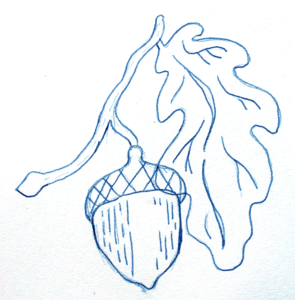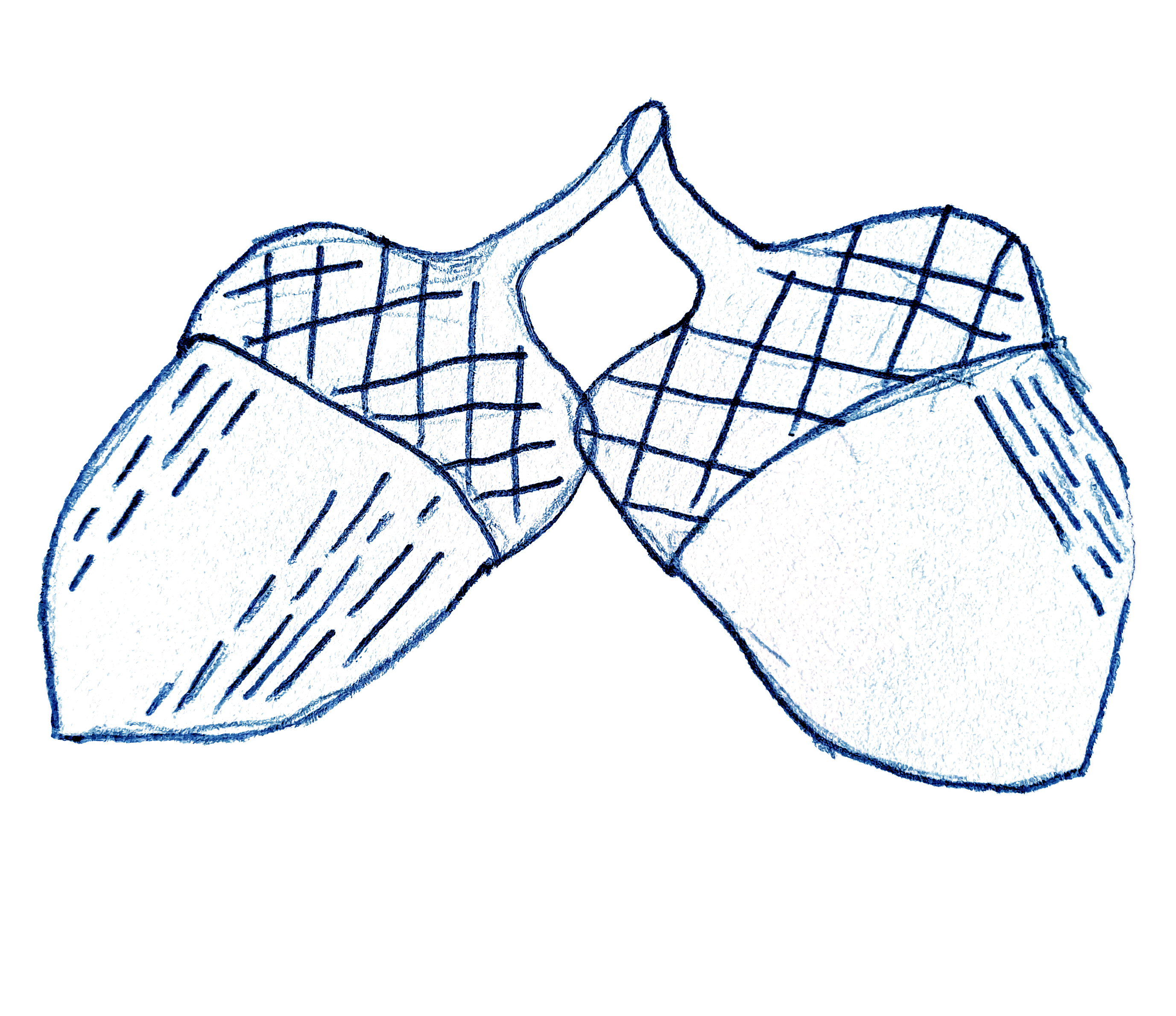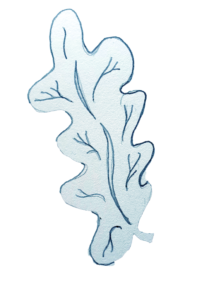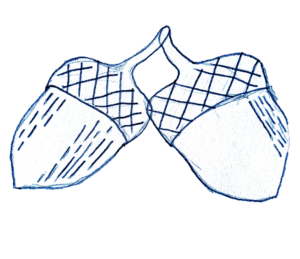This is part 2 in a series of blogs to break down the Dutch Nitrogen crisis, by Mir van den Bos, who is a trainee of the Fair Future Generators program and a Boerengroep member.
This is an interview with the coordinator of the Veluwe and his perspective on nature degradation due to nitrogen overload in the soil.
NITROGEN
suffocating systems and new breath
Birds don’t die out overnight, a population of insects doesn’t decline by 70% in a week. You don’t find an oak tree cemetery overnight. A multifaceted crisis does not unfold overnight.
“Hello to Eddie from Natuurmonumenten.” Sounds a friendly voice on the other end of the line.
“Hi Eddie, thanks for taking the time.” I say.
Eddie is nature management coordinator in the Veluwe and is kind enough to talk to me and tell me about how he views the nitrogen crisis.
“Look, an occasional glass of wine is fine…” He starts the conversation, “But every day all day long, you’ll get sick.”
Just like an addiction grows, the excess of nitrogen continued to grow insidiously but stiffly and sickeningly. Before we continue the conversation, Eddie emphasizes that he does not know the answer to the current problems, but that he can share something from his position as a nature manager.
“When did you know something was wrong?”
Eddie tells about the Imbosch, a piece of nature that is part of the Veluwe. It didn’t go well there. He talks about the oak cemetery. A place where they saw the oak trees grow less and less, then they got sick and finally the whole community died in that place. It was seen and felt that something was very wrong, because not only the oak trees died, the amphibians and birdpopulation was also declining. But what was wrong, how come so many species were affected?
“In the end you end up at the bottom. Because that’s where life usually begins and ends, if something is wrong with the soil, the whole system suffers. But before you get to that, and before you find out what’s wrong with the bottom…”
“It is often already to late.”
Mapping this crisis has taken years, and will probably take years to come. Eddie talks about how much time this will take and that it will take a lot more time if you want to see what the damage done to nature really is.
“How do you see the role of agriculture in all this?”
“We have to have a much broader view on this issue, we should not only look at one sector, but also, for example, aviation and industry. We have to look at our way of life. To what we consider normal, to what we all want. You can order everything with on click on the internet, for example. But what we also have to look at is the political decision-making. The task of the government is to seek advice, but there is little knowledge in politics.”
I think back to how Eddie opened the conversation. He immediately drew a parallel with addiction. When we look at our consumption, the abundance of stuff and food and fashion production and transportation, the endless possibilities also feel like an addiction. And often an addiction comes at the expense of things that actually matter. But maybe we don’t always have enough knowledge to know what matters or how to keep what is really important to us.
It seems difficult to me if you see up close what this crisis is doing to something that really matters. The decline of certain populations does not only affect that one species, but the entire ecosystem of which we humans are also a part.
“What is it like for you to see species disappear so close up?”
“It’s very bad. In addition, I think it is no longer five to twelve. I think we are much too late in tackling it. Even now, very little happens. There is so much bureaucracy that you can’t get to the practice. Rules and laws must be there, and they are good. But I think we’ve lost sight of what’s really important. I think we have to approach life in a different way, because what we see now is only treating symptoms. ”
I often hear this from others who are close to nature and have a lot of knowledge. Sometimes it seems as if we no longer get to reality because of all the laws and rules, to the core of what matters. But laws and rules are also extremely important to be able to take care of nature and protect it. The ban on the discharge of chemicals, for example, or the ban on picking or shooting protected species. At the same time, it is legal to stuff chickens with hormones, to continuously impregnate cows and to slaughter more than four cows, 28 pigs and 1150 broilers per minute for consumption. Or, for example, the goose policy that legally states that Schiphol may catch and kill all geese in a radius of 10 km around Schiphol every year, in order to prevent flying accidents. As a result, 15,000 geese die each year. Because we feed our flying addiction, animals made to fly must die. The laws and regulations allow this and that makes many things incredibly complicated and perhaps even numb.
Eddie and I chat about returning to the vegetable garden, about plants that can serve as nitrogen indicators, for example. Such as nettles and blackberries, species that thrive in nitrogen-rich soil. We talk about the question of responsibility, when someone feels responsible. When are you responsible for something? This is a question you could argue about endlessly.
Finally, I ask:
“What does Natuurmonumenten do in the field of nature-inclusive farming?”
Eddie then tells about the project they have with a number of farmers in Rheden. These farmers have been given permission to lease loose land to farm nature inclusively. They work together and learn from each other, for example there are also farmers who want to convert their business operations. They no longer want to work in large mega stables, but in and with nature.
More than half an hour has passed, Eddie is called by one of his colleagues. I thank him for his time and all the information.
Finally, he also refers to the website www.natuurmonumenten.nl/landbouw/natuurinclusivefarmers. There is so much more information to read there, and when I look at it, I get inspired again. Especially since they are calling on politicians, because there are the words that I have been looking for for a while:
“A farmer can only supply nature-friendly products if he also receives a fair price or compensation for this and does not get bogged down in laws and regulations. In this context, it is important that nitrogen emissions from agriculture (as well as traffic, aviation and industry) are reduced quickly. Natuurmonumenten emphasizes the urgency to – now really – accelerate, to tackle the nitrogen problems in an integrated way and to give farmers (and the rest of society) clarity by offering a sustainable perspective.”
We must move towards a fairer society, in which one does not exclude the other. Nature does not exclude agriculture, and agriculture does not exclude nature. A fair price for your products should not mean that you cannot farm nature-inclusive. Laws and rules should provide clarity and protection, not uncertainty and fear.
A multifaceted crisis does not unfold overnight.
The solution to such a crisis that affects so many different aspects of life and our systems does not exist, but perhaps this multifaceted problem also has multifaceted solutions: farmers who work together with foresters, organizations that support nature-inclusive initiatives, people who consume less, a politician who allows themselves to be informed and opt for real system change. Perhaps a multi-faceted crisis also requires multi-faceted solutions in which everyone can contribute, so that we can eventually step out of a suffocating system, breathe a sigh of relief and enjoy a greener and healthier world.



